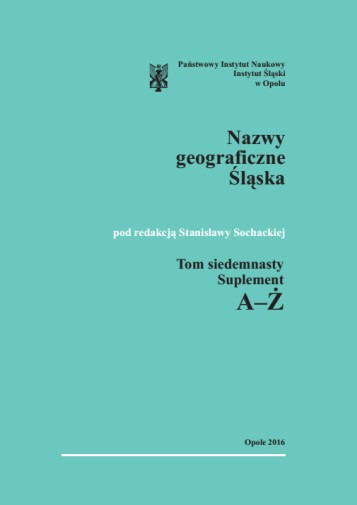
Słownik etymologiczny nazw geograficznych Śląska, tom 17. Suplement A-Ż
"Glossary of Silesian Dialects" is the result of many years of scientific work of several generations of linguists from the Silesian Institute in Opole, Poland.
More...We kindly inform you that, as long as the subject affiliation of our 300.000+ articles is in progress, you might get unsufficient or no results on your third level or second level search. In this case, please broaden your search criteria.

"Glossary of Silesian Dialects" is the result of many years of scientific work of several generations of linguists from the Silesian Institute in Opole, Poland.
More...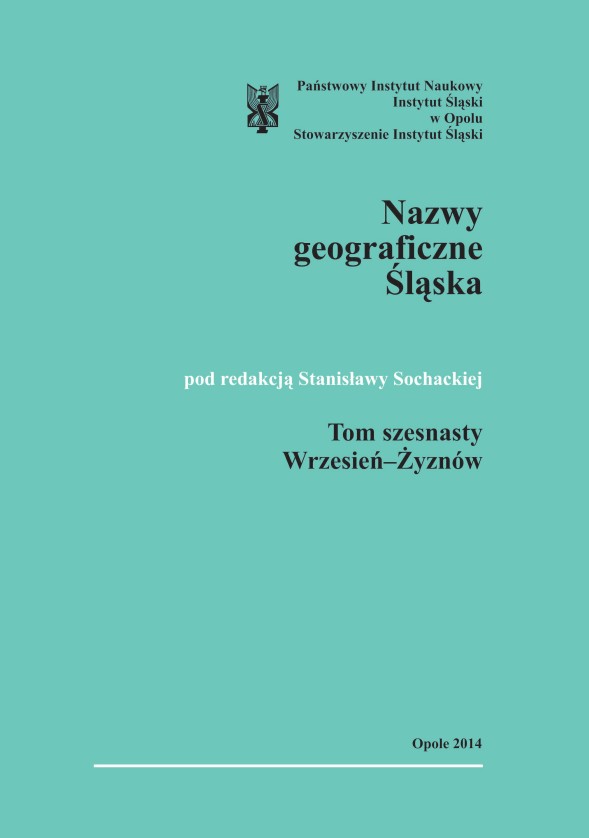
"Glossary of Silesian Dialects" is the result of many years of scientific work of several generations of linguists from the Silesian Institute in Opole, Poland.
More...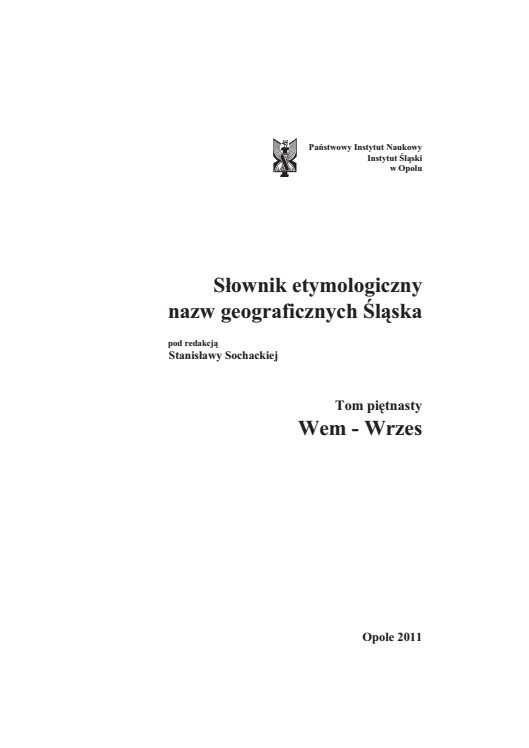
"Glossary of Silesian Dialects" is the result of many years of scientific work of several generations of linguists from the Silesian Institute in Opole, Poland.
More...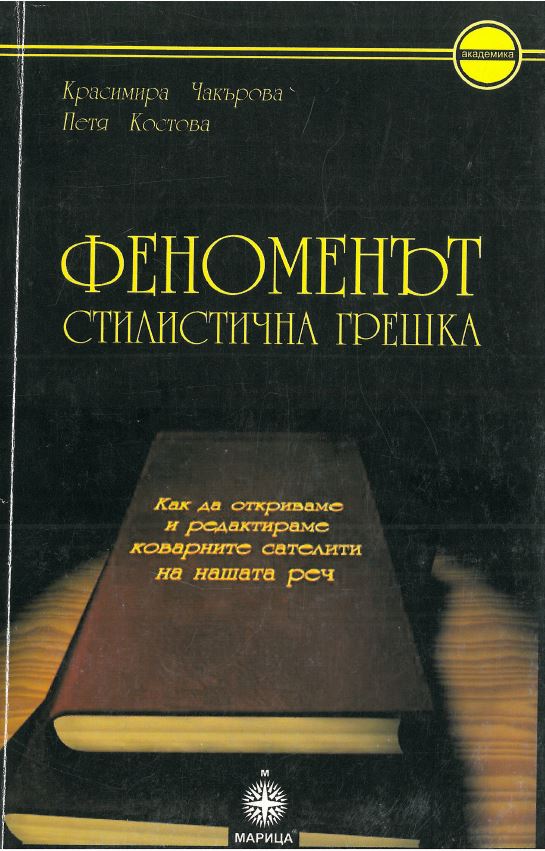
The book is a theoretical study on the nature, typology and editing of stylistic errors – one of the most significant but insufficiently researched problems in Bulgarian linguistics. It is intended for students from the humanities, for secondary school teachers of Bulgarian, and for a wider circle of readers who are interested in the problems of the Bulgarian language. Its main purpose is to support their practical work on text formation (designing different in genre and theme speech products).
More...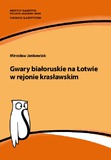
"Belarusian dialects in Latvia, Kraslav region" looks into the sociolinguistic situation of people speaking different varieties of Belarusian in an area that is a sui generis borderland of borderlands, where the Balts (Latvians, Latgalians, Lithuanians) live together with the Slavs (Russians, Poles, Belarusians, Ukrainians), and numerous religions (Catholicism, Orthodox Christianity, Lutheranism and Old Believers) co-exist. All of these factors resulted throughout history in the development of a multilingualism that is much more complex than in other borderlands. The Kraslav region is a place where three languages (Latvian, Russian and Polish) and numerous dialects (Latgalian, Belarusian and Polish of the Northern Borderlands) co-exist and intermingle.
More...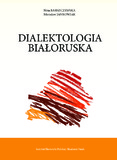
"Belarusian dialectology" is a study which provides the reader with reliable, up-to-date and research-based information about Belarusian dialects, their origin, range and diversification. The authors' aim is to show the reader the richness and diversity of Belarusian dialects, their position and role in the culture and life of contemporary people as well as current language tendencies in Belarus.
More...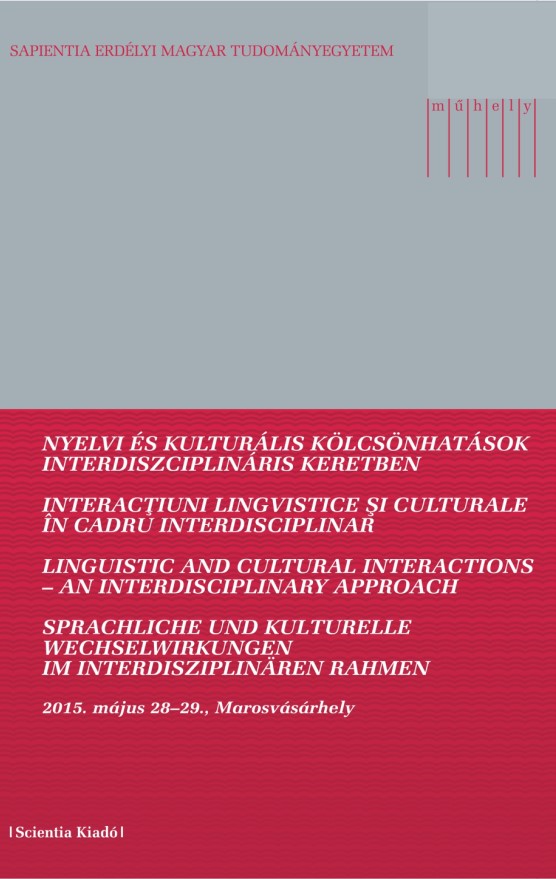
The paper presents preliminary results of research of primary sources (newspaper advertisements, postcards, official documents), which show the effects of language and education policies, economic conditions and social relations on language practices in Pula/Pola (Austria) and Rijeka/Fiume (Hungary) during the Austro-Hungarian Empire. In spite of different policies, Italian maintained its prestige in both cities, indicating the strong connection between language, culture, and social class.
More...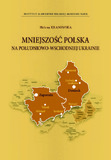
Helena Krasowska's "The Polish Minority in South-Eastern Ukraine" presents the Polish cultural heritage in Zaporizhzhia and Donetsk Oblasts, including the current state of the local Polish language, its scope and functions, as well as the local determinants of Polish identity. Presentation of linguistic research is preceded by an extensive chapter on the region's history, and ethnic and national situation, with an overview of the legal status of minority organizations, focusing on the post-perestroika situation of the Polish minority. This historical and legal information helps grasp the complex subject-matter of the region's languages.
More...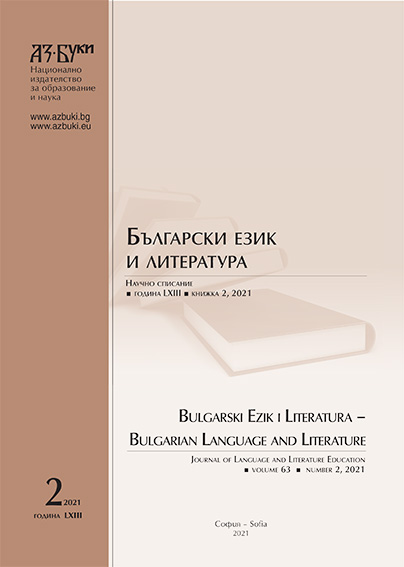
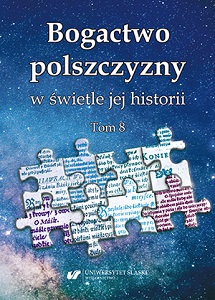
The eight volume of the series The richness of the Polish language in the light of its history is a publication that presents the achievements of the national scientific conference (Katowice, 7 November 2018). The authors of the articles collected in this volume have made various historical and linguistic issues, primarily: description of old and contemporary lexis oriented in terms of vocabulary, semantics or etymology; the problems of nominations in the history of the Polish language; conceptualisation of different concepts in both language and culture. Due to the diversity of thematic circles this book was divided into three parts (From history to modernity – continuity, change, inspirations; From word to meaning - etymology, transformations, variants; From sign to text - syntax, genres, functions), showing a wide spectrum of scientific interests of the researchers.
More...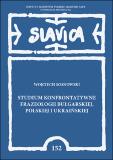
This book is devoted to research on the latest phraseological resources of Slavic languages which so far have not been compared in terms of potential similarities in their developmental tendencies. The study identifies the course of tendencies in the development of phraseological resources, pinpoints the units which are highly active in the languages under discussion, and examines similarities and differences in the creation and use of their phraseological resources. The analysis considers two groups of phraseologisms: active general phraseology and the latest phraseology. Contrastive analysis as the adopted study method has come as a compromise between different linguistic schools, in this case Bulgarian, Polish and Ukrainian. This is reflected in specification of many important linguistic terms and in the search for their common denominator. In accordance with the adopted assumptions, the study examines relatively stable semantically indivisible phraseological units which express meanings that are not the sum of the meanings of their components and are reproduced in speech as ready-made word combinations. Thanks to the description of these units by means of definition models on the one hand, and to proceeding from meaning to form on the other, it was possible to analyse material from the three languages at the same time, applying quantitative and qualitative criteria. The work considers about 1,500 phraseological units, 500 from each language. An index of the most frequently used phraseologisms compiled as part of the study includes phraseological units which are not recorded in any other works. The principal aim was to compare and contrast Bulgarian, Polish and Ukrainian phraseologisms in terms of such important aspects as: – types of lexicographic description; – the role of corpora in recording phraseologisms; – linguistic homonymy; – ways of enriching the phraseological resources (e.g. calquing and borrowing phraseological units from different varieties of English); – the presence and vitality of phraseologisms with a cultural component; – the emergence of the latest phraseologisms and the attendant derivational processes, as well as similarities and differences observed in the process of enriching the phraseological resources. This contrastive analysis indicates that the Bulgarian, Polish and Ukrainian languages react to changes in socio-economic and cultural reality in a similar way, and that they describe and interpret these changes by means of many new phraseologisms which emerge following similar derivational processes. The work was financed from the “Excellent Science” Programme of the Polish Minister of Education and Science.
More...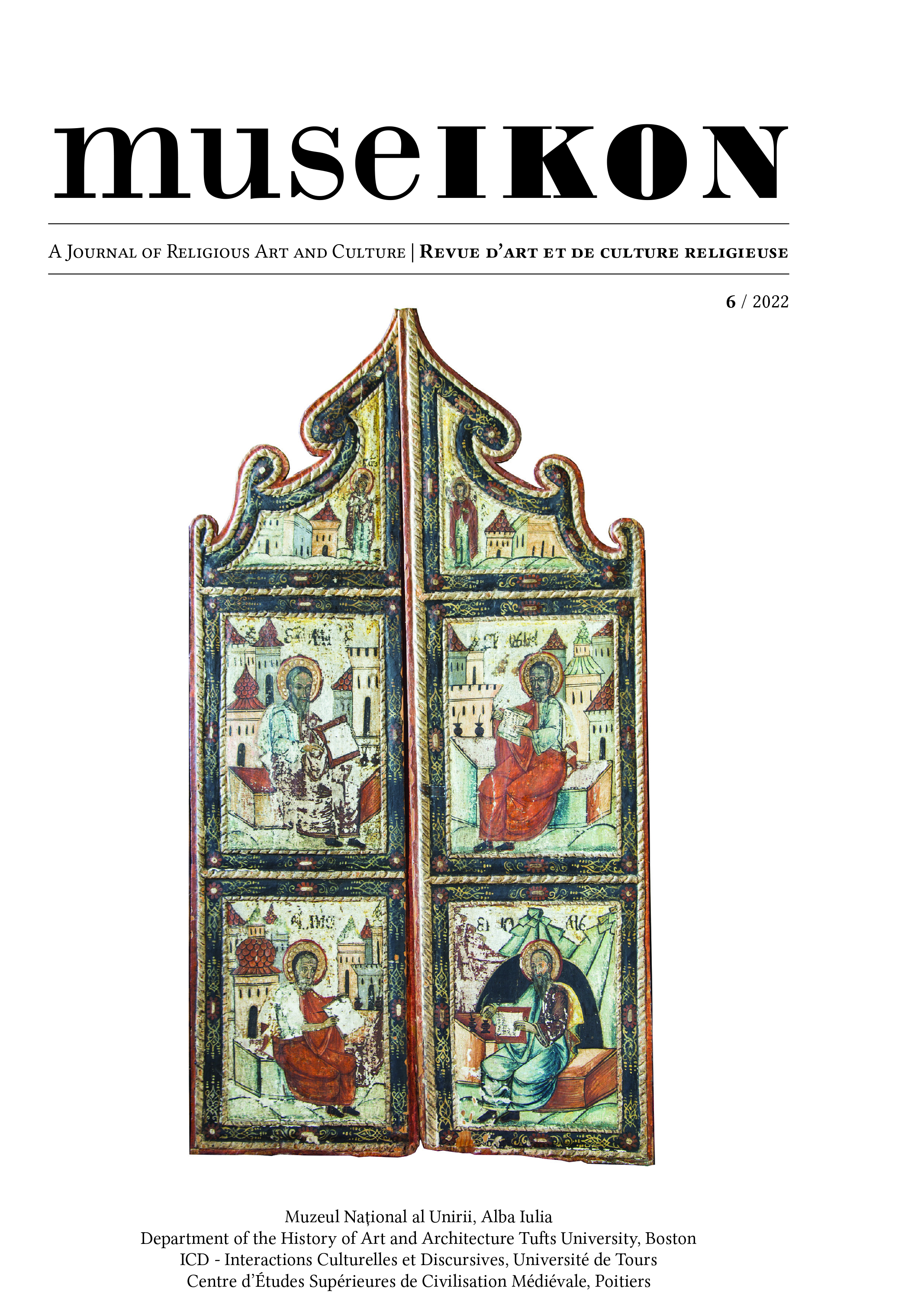
‘After preaching, they feasted quite lavishly every day, they chose new lovers almost every night, they spent their time without being subjected to anyone, without worries, without fatigue, without danger’. In his Super Apocalypsim, the Cistercian monk Geoffrey of Auxerre describes in this way two Waldensian lady preachers, delineating an extraordinary condition of female autonomy. The article explores the ‘textual phy-siognomy’ of Super Apocalypsim, a biblical commentary written in the second half of the 1180s, but also high-lights its historical and editorial context. The testimony of Geoffrey of Auxerre, a leading representative of ecclesiastical hierarchies, allows us to analyse lexical choices and conceptual nuclei in order to clarify the speci-fic polemics underlying this description of the subversive life of an order which is represented by the two Waldensian women and the manner in which they experience female freedom. Emphasis is given to the issue of a dangerous ‘upside-down world’ (mundus reversus et perversus); this witnesses the subversive experience of the two Waldensian women. The article also recognises possible surviving traces of a radical evangelism and the attempt to create a new world (mundus novus).
More...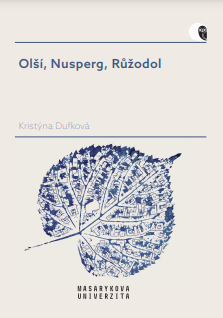
The aim of the publication is to list the chosen Czech, Moravian and Silesian place names which reflect the names of trees, bushes and shrubs. Trees and bushes, especially solitary ones, have drawn people's attention for centuries, for which reason they have served mainly for specifying location, direction or orientation in an area. The book contains the list of some places named after woody plants. In addition, the related municipal locations are recorded in the form of public online maps for the further use of readers. All gathered data must be treated with caution, because the proper names show a specific linguistic characteristic. The author explains that the purpose of the selected proper names is not to transmit an image of the past or contemporary landscape, but she stresses that the proper names themselves can help a great deal to reveal either a past or contemporary mutual relationship between the landscape and its inhabitants.
More...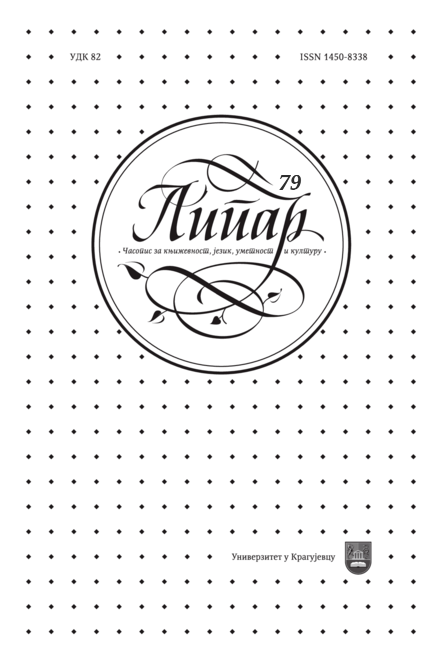
The paper sheds light on the way in which the categories of time and space in demonological-mythological legends constitute a specific chronotope, reflecting the disturbing atmosphere of encounter with the paranormal. The author seeks to expose the poetics of the demonological-mythological legends, with special empha- sis on their temporal and spatial determinants. In the demonological-mythological legends space and time are deeply related. The paper considers the genre determina- tion of the chronotope in demonological-mythological legends and points out that the construction of the narrative world through temporal and spatial categories must proceed in accordance with certain genre laws, so the audience can recognize the story as demonological-mythological legend. This work is based on the folklore material which was gathered from 2018 to 2019 in the Rasina District. Interviews were conducted with two interlocutors from the village of Ribare.
More...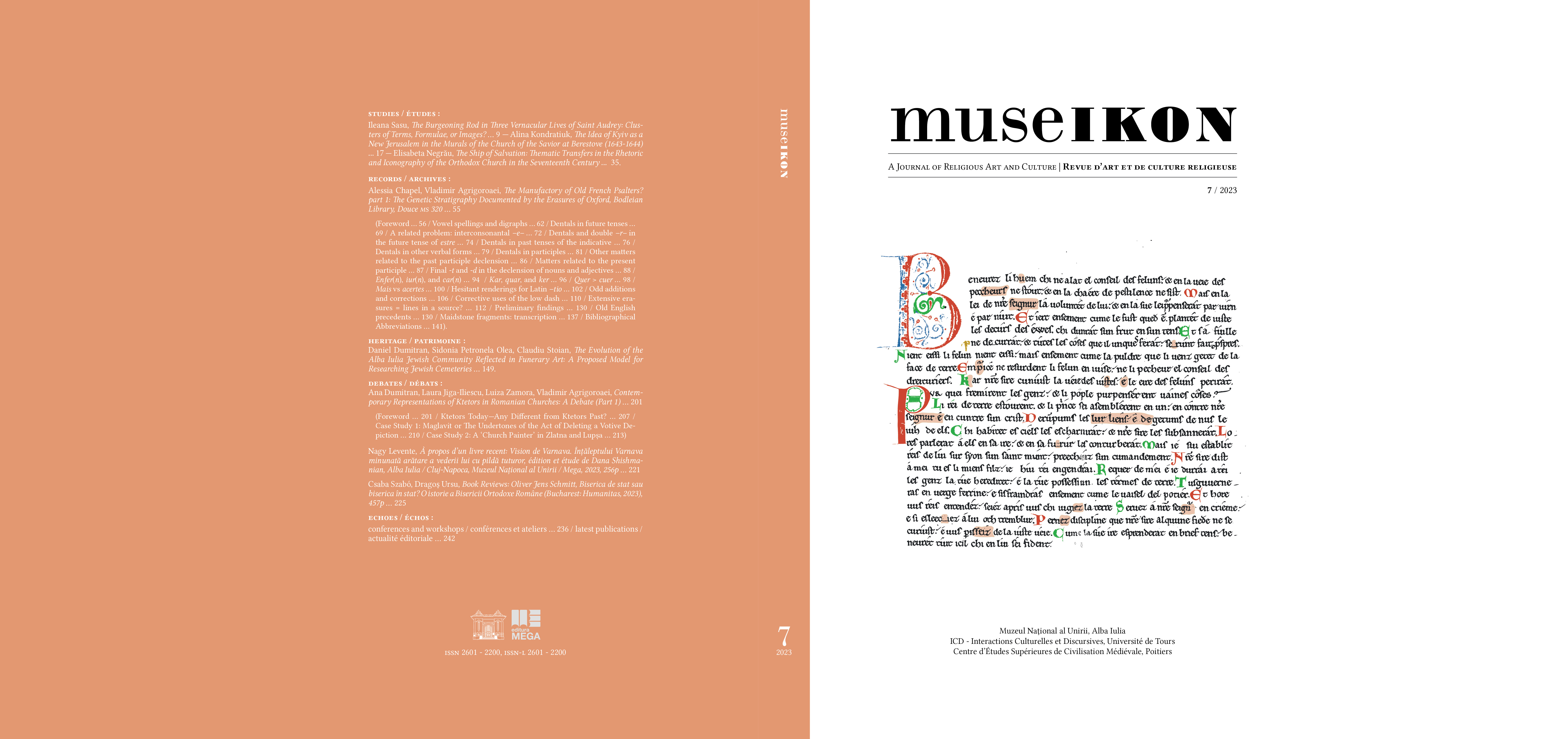
Pentru a înțelege mai bine relațiile intertextuale dintre psaltirile franceze medievale, întoarcerea la o sursă fundamentală precum Psaltirea de la Oxford (manuscrisul Oxford, Biblioteca Bodleiană, Douce 320) este esențială. Astfel, unul dintre scopurile acestui articol este cel de a pune bazele unui studiu al modificărilor de natură textuală reprezentate de numeroase ștersături care reflectă procesul de redactare și spun povestea acestui manuscris. Deoarece studiul este de amploare, a fost necesară segmentarea lui în mai multe publicații. În această primă etapă, după o introducere care analizează relațiile manuscrisului Douce 320 cu alte manuscrise din familia sa (de exemplu, Londra, British Library, Arundel MS 230), autorii discută ștersăturile legate de fluctuația vocalelor și diftongilor în ortografia anumitor cuvinte. Analiza tratamentului dentalelor finale ocupă apoi secțiuni referitoare la anumite forme verbale ale modurilor indicativ, conjunctiv și participiu. Acestea sunt completate de studii privind ștergerea unui -e- interconsonantic în formele de viitor și oscilarea între -r- și dublu -rr- în formele de viitor ale verbului estre. În cele ce urmează, ștersăturile și/sau corecturile legate de dentale permit de asemenea să fie abordată problema declinării, nu numai în cazul participiilor, ci și a mai multor substantive și adjective. Cercetarea se concentrează apoi pe studii de caz: ștergerea unui –n final în enfer(n), iur(n) și car(n); ezitările scribului legate de ortografia conjuncției car; înlocuirea frecventă a lui q cu c în cuvântul quer/cuer; ezitarea între folosirea conjuncției mais sau a conjuncției acertes; precum și multiplele opțiuni de a traduce sufixul latin –tio. O paranteză deschisă cu privire la anumite adăugiri și/sau corecturi sugerează posibilitatea ca manuscrisul Douce 320 să nu fie o traducere autografă a Psaltirii St. Albans (păstrată la Hildesheim, Dombibliothek, St. Godehard 1). Scribul ar fi folosit mai degrabă o sursă latină cu o glosă vernaculară interliniară. Această deducție pare să fie confirmată și de utilizarea unei liniuțe de unire, pe care copistul o folosește pentru a compensa erori probabile de transcriere. Ipoteza aceasta este susținută mai ales de cercetarea asupra câtorva „ștersături lungi”. Ele par a privi unități de transcriere a căror modificare este legată de structura și interconectarea textuală cu o sursă care prezintă atât un text latin, cât și o glosă interliniară. În încheierea acestei părți, după ce au prezentat, spre comparație, exemple preluate din Psaltirea Winchester și Psaltirea Arundel, autorii propun reconstituirea unui segment de text care ar putea fi mai aproape de sursa manuscrisului Douce 320. Articolul se încheie cu o comparație cu precedentele în limba engleză veche și cu o transcriere a fragmentelor de la Maidstone, Centrul și Biblioteca de Istorie Kent, Fa/Z1 (fragmentul Faversham i). Continuarea cercetării este prevăzută pentru următorul număr al revistei Museikon.
More...
Cimitirele evreiești sunt o prețioasă sursă de informație despre evoluția comunităților cărora acestea le-au aparținut, despre orientarea lor rituală, raportată la curentele iudaismului tradițional ori ale celui modern, și despre interferențele dintre evrei și creștini, mai ales atunci când investigația vizează arta funerară și structura epitafurilor. Exemplul cimitirului evreiesc din Alba Iulia se încadrează în cea de-a doua categorie, fiind vorba despre o comunitate cu o tradiție remarcabilă, fapt ce a și influențat adeziunea ei la orientarea ortodoxă, dar care a receptat în timp influențe de tip reformator, care au determinat atitudini mult mai deschise față de noile idei. Tocmai de aceea, perspectiva istorică din prima parte a studiului, care se bazează pe cele mai importante surse documentare identificate (planuri ale cimitirului și un registru vechi al înmormântărilor redactat în mai multe etape de comunitate), include exemplificări ale tendințelor de evoluție a comunității și de modificare a structurii epitafurilor ori a tipului monumentelor funerare de la sfârșitul secolului al XIX-lea. În schimb, analiza epigrafică și cea artistică, stilistică și tipologică din celelalte două părți ale articolului, pentru a fi convingătoare, sunt mai strict circumscrise, făcând referire la o selecție a pietrelor funerare datând din secolul al XVIII-lea și din prima jumătate a secolului al XIX-lea. Diferența tipologică și stilistică între cele din secolul al XVIII-lea, pentru care pot fi sesizate similarități cu pietre tombale din alte cimitire europene inventariate, și cel puțin unele dintre cele secolul al XIX-lea este evidentă. Forme baroce clare caracterizează unele dintre monumentele edificate spre mijlocul secolului al XIX-lea, iar cele neogotice pe cele de mai târziu, de la sfârșitul aceluiași secol, ceea ce probează serioase întârzieri în receptarea lor. Conținutul inscripțiilor s-a modificat și el în cea de-a doua perioadă, reflectând o mai mare sensibilitate în cazul epitafurilor dedicate defuncților copii, acestea fiind susținute și de delicatețea simbolurilor care însoțesc textul. Obiectivul articolului a fost cel de a evidenția, prin intermediul analizelor epigrafice și stilistice, măsura în care orientarea rituală a comunității a fost cea ortodoxă. Răspunsul la această întrebare este afirmativ, dacă avem în vedere perioada istorică de circa două secole și jumătate scursă de la constituirea comunității și până spre finele secolului al XIX-lea. Dar în ultimele decenii ale acestui secol au început să apară elemente care anunțau o diversificare a orientărilor, probată de profilul monumentelor funerare amplasate în această perioadă în sectorul istoric al cimitirului și al celor din celelalte sectoare ale sale.
More...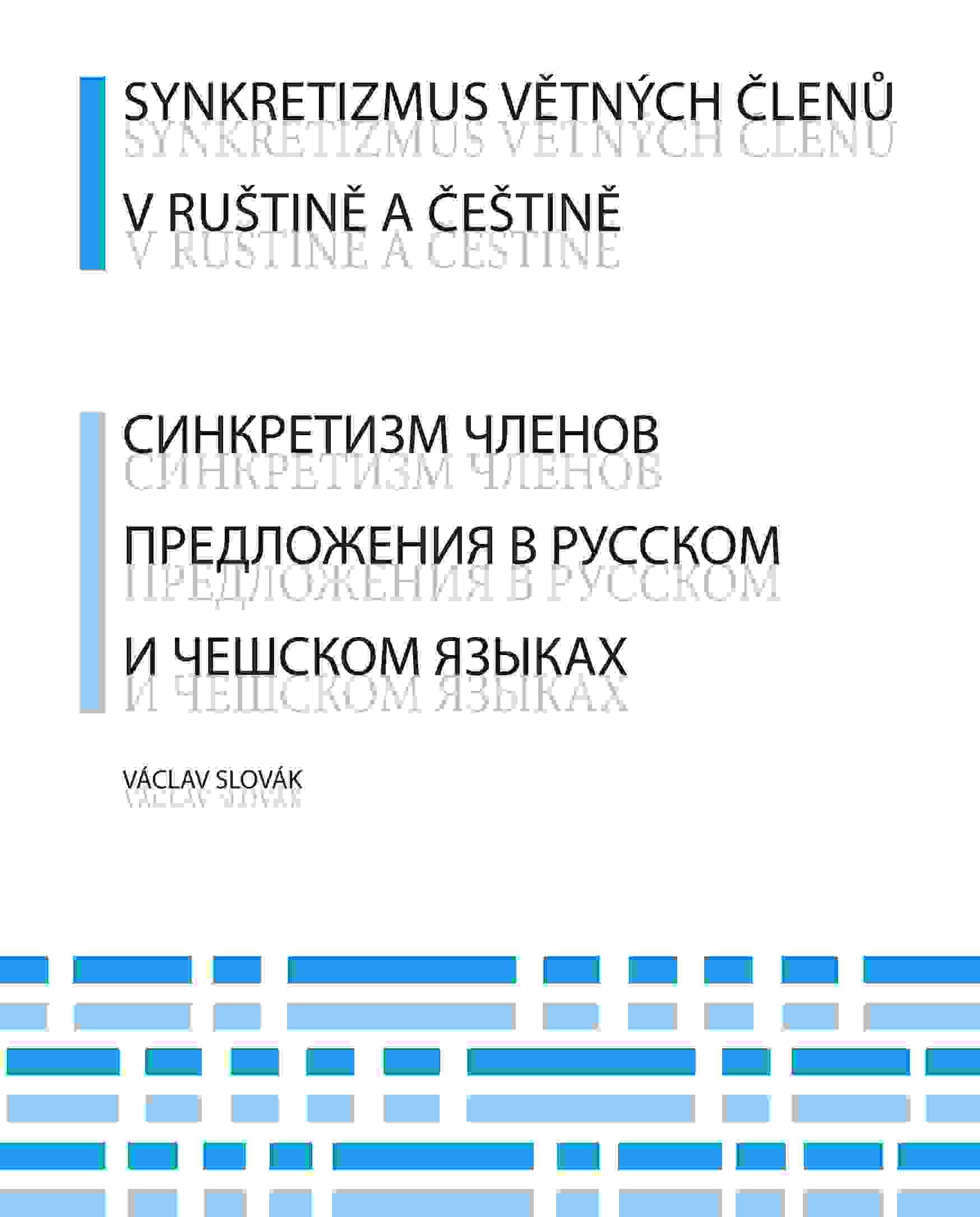
The description of the system of the parts of a sentence in Russian and Czech is one of the topical question in contemporary linguistics. In contemporary grammar books, the interpretation of the parts of a sentence is focused mainly on typical phenomena. Peripheral phenomena are often mentioned marginally; similar phenomena are understood differently in various publications. Sometimes, the fluency of transitions between individual parts of a sentence is being emphasized. In our research, we are focused on description of these peripheral phenomena in the system of the parts of a sentence, which represent one of the examples of linguistic syncretism. The term syncretism is defined in the book and various approaches of linguists to phenomena that we perceive as syncretic are presented.
More...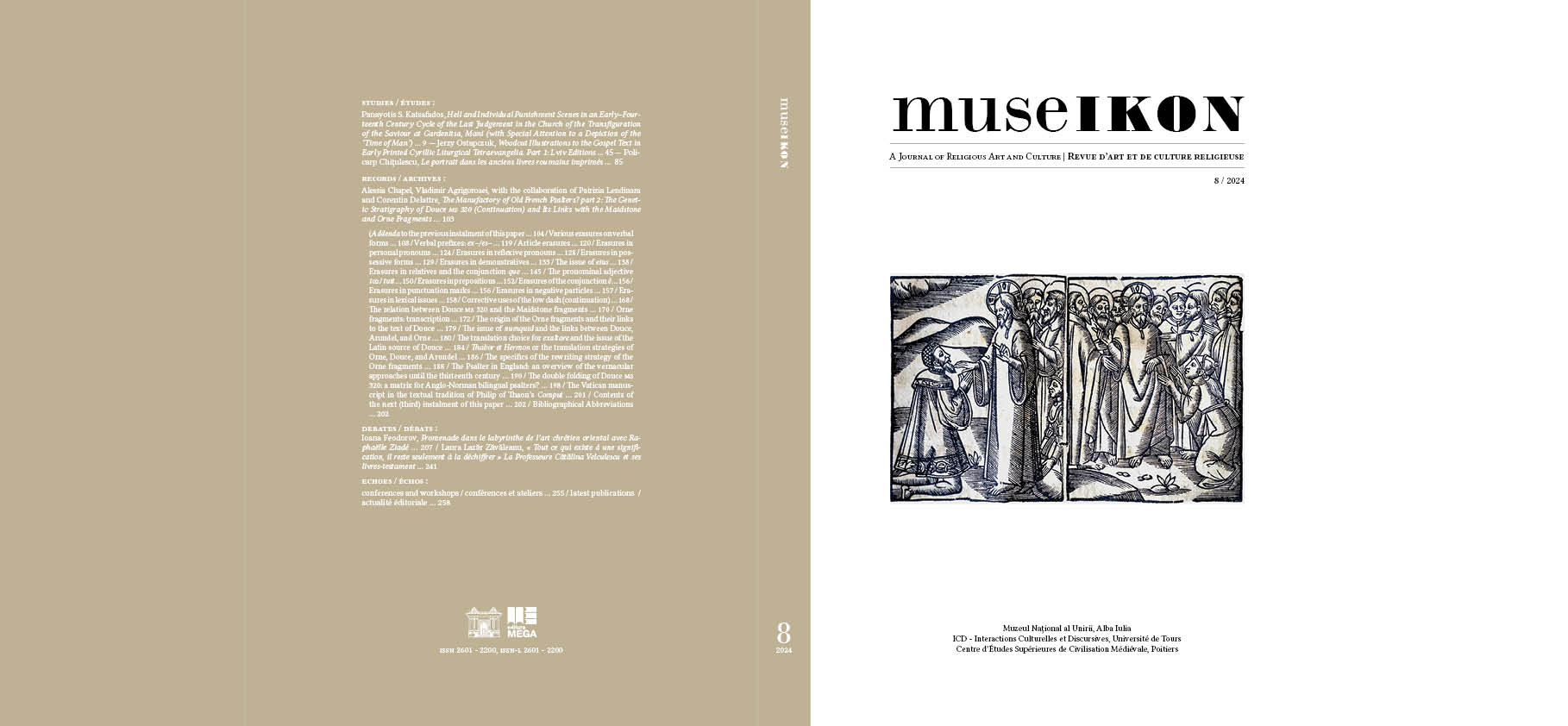
Le présent article se concentre sur les cycles d'images narratives de l'Évangile, présents dans les premiers Tétraévangiles liturgiques imprimés en cyrillique et publiés à Lviv. Les sept éditions des Évangiles publiées par l'imprimerie de la Confrérie de Lviv, ainsi que celle publiée par Mykhailo Slozka, comportent de nombreuses illustrations narratives placées en lien direct avec les versets qui décrivent les scènes représentées. Une étude approfondie de ces cycles évangéliques d'images narratives, ainsi que les changements que les illustrations ont subis dans chaque édition, nous permettent de classer les modèles de représentation en trois groupes, et de diviser les huit Tétraévangiles de Lviv en deux groupes. Deux annexes présentent toutes les images narratives gravées sur bois dans les éditions des Évangiles de Lviv. Le premier appendice contient des représentations d'événements évangéliques dans les Tétraévangiles de Lviv, tandis que le deuxième appendice présente les illustrations narratives de l'édition de Mykhailo Slozka.
More...
Le présent article s’inscrit dans la continuité de celui qui a été publié en 2023 dans la même revue (The Manufactory of Old French Psalters: Part 1…). Ce deuxième volet comprend d’abord une section de addenda qui complètent certaines parties du précèdent article. S’ajoutent ensuite les érasures dans diverses formes verbales, suivies par un recensement des corrections liées aux préfixes ex– et es–. D’autres séries d’érasures concernent différentes parties du discours: articles définis; pronoms personnels; pronoms réflexifs; formes possessives; démonstratifs; avec une étude de cas sur les choix de traduction du génitif eius, dont plusieurs documentent l’existence d’un antigraphe. Il s’agit souvent d’une hésitation entre les formes faibles et fortes. Des sections com-plémentaires sont consacrées aux érasures des pronoms relatifs et de la conjonction que; à l’adjectif pronominal toz / tuit; aux prépositions; à la conjonction é; aux signes de ponctuation; et aux particules négatives. L’ana-lyse des érasures du manuscrit d’Oxford, Bibliothèque bodléienne, Douce 320 se termine par un examen détaillé des corrections liées à différents phénomènes lexicaux. L’article porte ensuite sur les rapports entre le manuscrit Douce et les fragments de Maidstone, dont la transcription a été publiée dans le premier volet. Suivent une transcrip-tion des fragments de l’Orne (Paris, Archives Nationales, dossier AB xix 1734) et une étude sur l’origine de ces derniers et sur leurs liens avec le texte de Douce. Les choix de traduction pour le latin numquid documentent les liens entre Douce, Arundel (Londres, Bibliothèque britannique, Arundel 230) et Orne. Les choix de traduction du latin exaltare permettent en partie de restituer le texte latin de la source de Douce. Les différentes stratégies de traduction d’Orne, de Douce et d’Arundel semblent être des réécritures d’antigraphes similaires. Toutes ces ana-lyses montrent que Douce, Arundel, Orne et Maidstone proviennent de deux ou plusieurs gloses vernaculaires apparentées. L’article propose ensuite une perspective globale sur les approches vernaculaires de la traduction des psaumes en Angleterre jusqu’au xiiie siècle, qui documente l’interaction des langues vernaculaires anglaises et françaises avec les textes (et l’exégèse) latins. Il se termine par une discussion (appuyée sur deux exemples du xiie siècle) concernant le double pliage du Douce, lié sans doute à sa circulation et à son emploi dans la réalisation des psautiers bilingues à deux colonnes. Le troisième volet du présent article est prévu pour 2025. Il comprendra la transcription du texte de Douce (avec l’accentuation originale et l’emplacement des érasures), ainsi que plusieurs études complémentaires.
More...